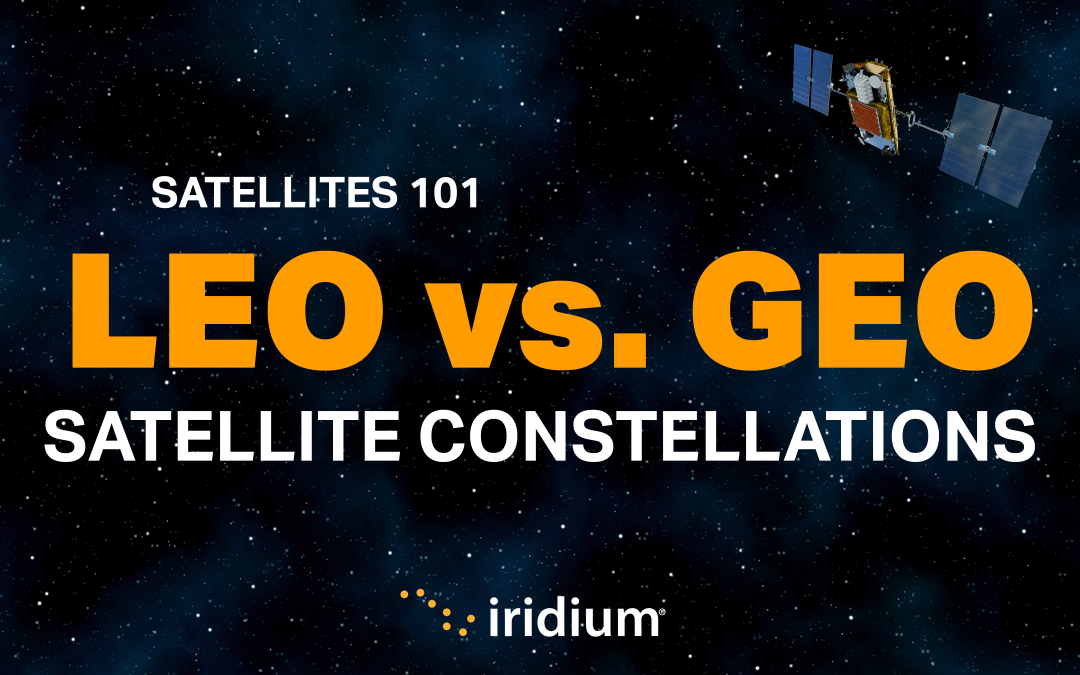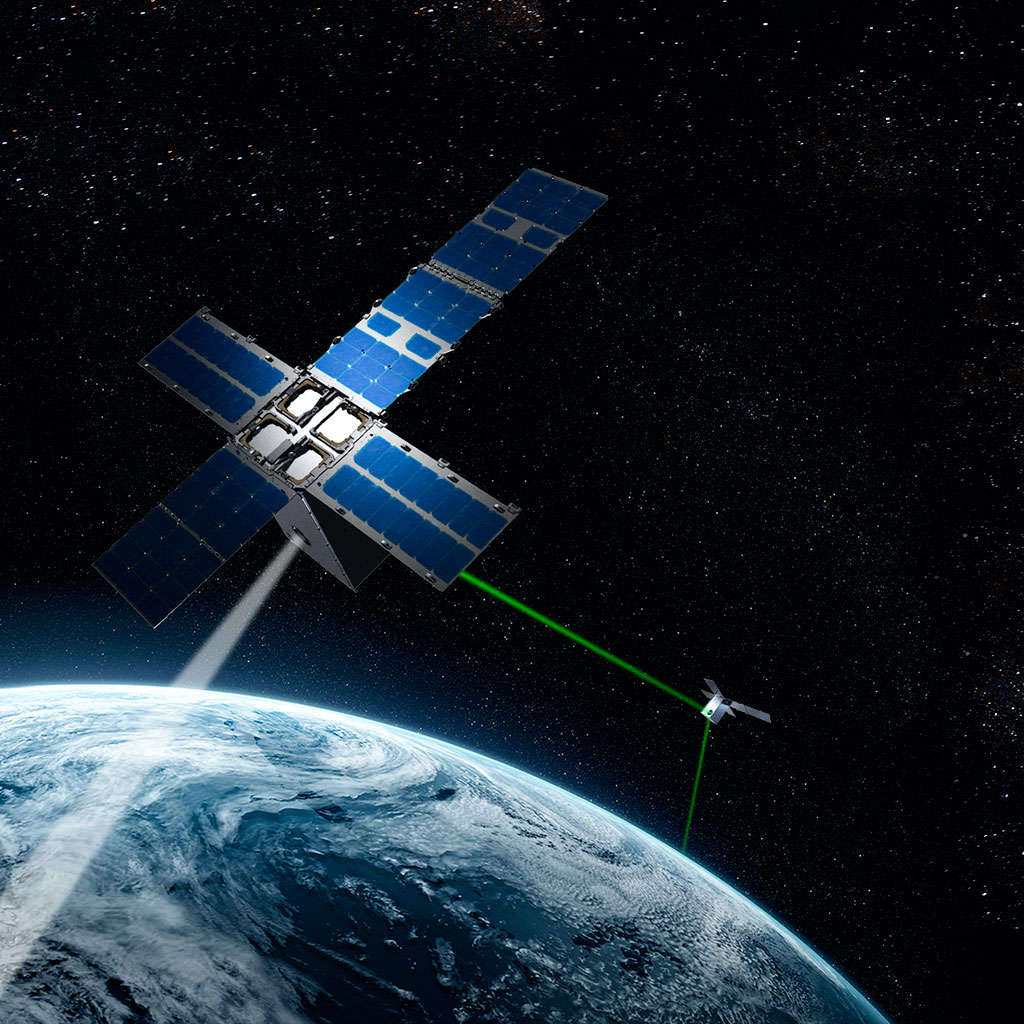ORBITAL PARAMETERS
LOW EARTH CIRCULAR ORBITS
“OneWeb’s LEO constellation can also be viewed as a complementary capability to Medium Earth Orbit (MEO) and Geostationary Orbit (GEO) constellations, with the capability to be integrated into legacy and interconnected networks. Low Earth Orbit (LEO) LEO is commonly used for communication and remote sensing satellite systems, as well as the International Space Station (ISS) and Hubble Space Telescope.
A circular orbit is mathematically the simplest orbit, although it can be difficult to achieve exactly in practice. Only one parameter is needed to specify the size of the orbit, and that is the radius r, the constant distance from the centre of the Earth to the satellite.
Leo Orbit Mean Anomaly
A low earth orbit is an earth-centred orbit that extends to an altitude of between 160 kilometres and 2,000 kilometres from the earth. LEO satellites move quickly – with an orbital period (the time to complete one orbit of the earth) of 128 minutes or less (11.25 periods per day), and an orbital eccentricity (how much the Kepler orbit. Low Earth Orbit (LEO) This circular obits are used by the vast majority of satellites. They are low in altitude (between 200 and 3.000 km above the Earth’s surface). LEO stands for Low Earth Orbit. There are three main types of orbits viz. LEO, MEO and GEO based on distances from lowest to the highest from the Earth. There are orbits around the earth where satellites are installed after their launch. Following are the features of LEO orbit.
If the radius of the Earth is denoted by Re, then the altitude or height of the orbit (and the satellite) above the Earth's surface is h = r - Re.
Unfortunately for our simplicity, the radius of the Earth is not a constant, varying from 6357 km at the poles to 6378 km at the equator. If our satellite has a low inclination (ie it spends most of its time near the equator), then we might use the equatorial radius. Otherwise we could use the mean radius of 6371 km. Of course, for high accuracy applications we need to consider the varying shape of the Earth at each point beneath the satellite's orbit.
If we know the period of the satellite (the time it takes to make one complete orbit around the Earth) we can compute its height, and vice versa. We can also compute its orbital velocity (v) and a quantity known as its mean motion, the number of orbits it completes in one day.
Isaac Newton provided the formulae we need for these calculations. Starting with the famous second law (N2) of motion F = ma where F is the force on the satellite, m is its mass and a is its acceleration.
Newton's law of gravitation F = G M m / r2 is the required force that the Earth exerts on the satellite.

A body moving in a circle is actually being accelerated toward the centre of the circle (by the Earth's gravitational force). The acceleration is referred to as the centripetal (directed towared the centre) acceleration, and the force that produces the acceleration is known as the centripetal force.
The magnitude of the acceleration is given by a = v2 / r .
If we substitute for the force on the left hand side of N2 and the acceleration on the right hand side we end up with:
- G M m / r2 = m v2 / r
where
- G is the Universal Constant of Gravitation, and
M is the mass of the Earth.
- v = √ ( G M / r )
- T = 2 π r / v
- T = 2 π √ ( r3 / (G M ) )

- n = 86400 / T
In this system of units, the values for the gravitational constant and the mass of the Earth is given as:
- G = 6.67259 x 10-11 m3kg-1s-2
M = 5.9736 x 1024 kg
Leo Satellite
It is interesting to note that the uncertainty in the measured value for G is larger than the uncertainty in the measurement of the product of G times M, which is given as:- GM = 3.9860 x 1014 m3s-2
A table of values computed from the above formulae is shown below. Note that the units have been converted into the more typically used quantities before display.

Leo Orbit Distance
And the figure below displays them in graphical form.
Leo Heo Geo Orbits
The red curve shows the orbital period in minutes, and its corresponding scale is on the left hand side of the graph. The right hand side scale is used for both the orbital velocity (yellow) which ranges in value from 7 to 8 km/sec, and the mean motion (blue) which varies from 12 to 17 orbits per day.
Australian Space Academy
